Imaginings
stories, creative nonfiction, poetry, and other imaginative accounts of the natural world
-
Mosquitopia Part 1: Killing Mosquitoes? The Pros and Cons
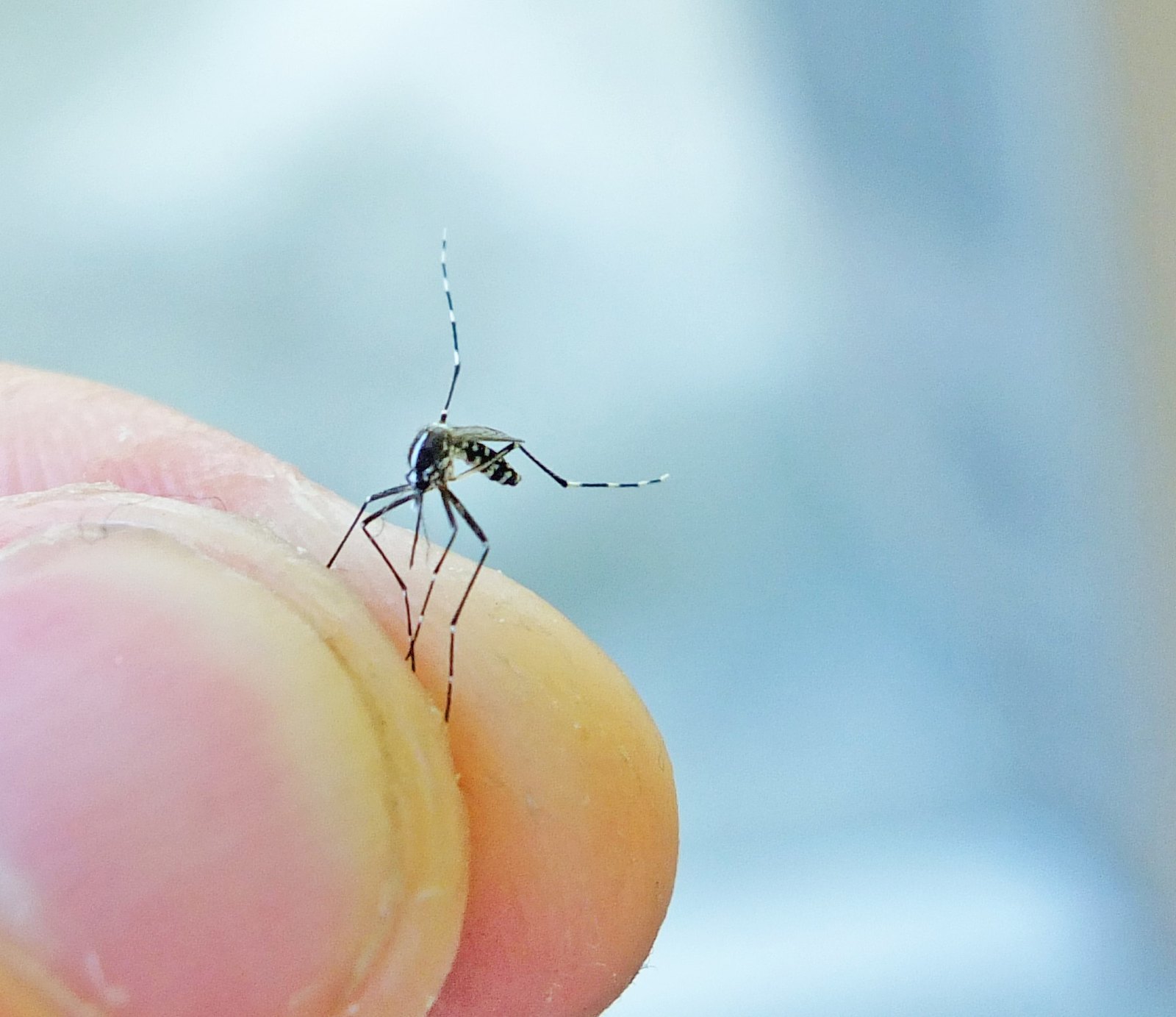
By Marcus Hall and Dan Tamir Global warming is ushering us into a new mosquito epoch. Ready or not, mosquitoes are coming faster than before; both indigenous and non, disease-carrying and not, human-biting and not. What are we to do with these buzzing creatures, and what has already been done with them?
-
Insect Profile: Asian Tiger Mosquito

Aedes albopictus There are several ways to identify Asian Tiger mosquitos: black and white flecked bodies with a stripe down the back, the unusual habit of feeding during daylight hours, and until relatively recently, a tropical and subtropical distribution within Southeast Asia. Over past decades, however, the species has begun moving further afield, being stowed…
-
In Conservative Bavaria, Citizens Force Bold Action on Protecting Nature

By Christian Schwägerl Alarmed at steep declines in insects and wildlife, Bavarian voters backed a referendum aimed at changing destructive farming practices and repairing damaged ecosystems. Now, Bavaria’s initiatives are inspiring other German states to move to stem the loss of biodiversity.
-
The Schaus Swallowtail
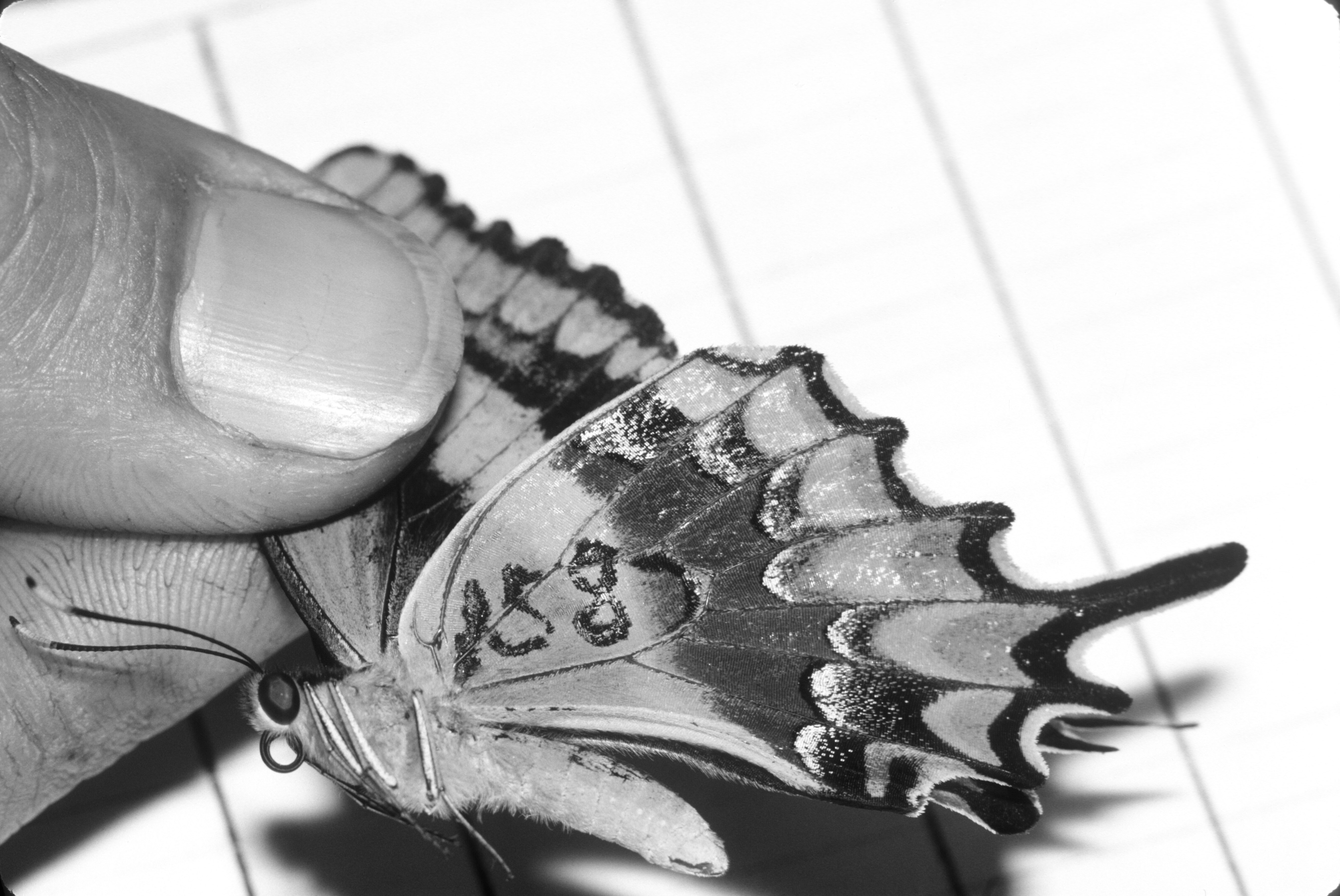
By Irus Braverman Thomas Emmel, now a retired University of Florida professor, directed the captive breeding project for more than twenty years. Establishing the program cost $50,000 (“these butterflies are damn expensive,” says Kierán Suckling5), obtained largely from federal sources.
-
Insect Profile: The Schaus Swallowtail
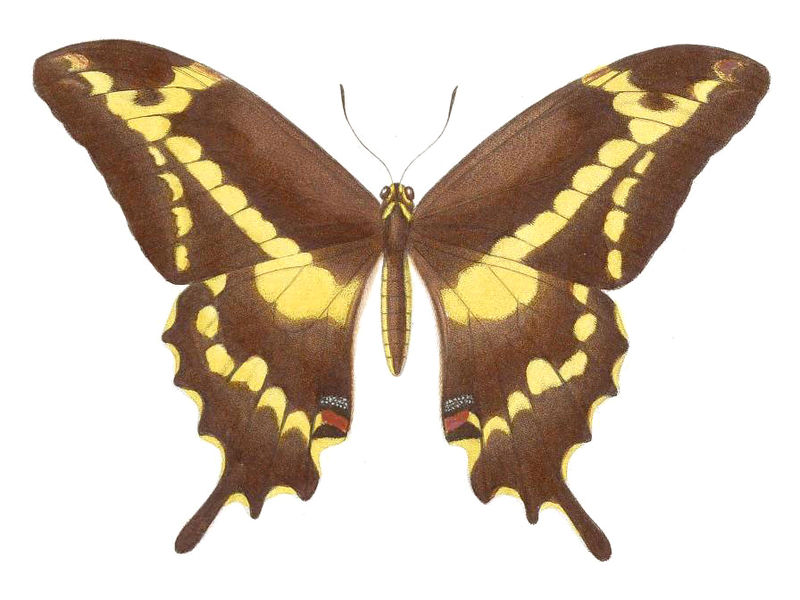
By Irus Braverman. The following text is taken from the book Wild Life: The Institution of Nature by Irus Braverman, © 2015 by the Board of Trustees of the Leland Stanford Junior University. Published by Stanford University Press. Used here with the permission of the publisher. The Schaus swallowtail (Heraclides aristodemus ponceanus) is a large brown and…
-
Make Meadows, Not Lawns

By Rosamund Portus When we think of extinction, we tend to think of a few iconic species, such as the woolly mammoth or the dodo. Although none of us today has ever laid eyes on one—at least not a living specimen— we still mourn their loss.
-
The Bellflower Specialists

By Eunice Blavascunas and Alie J. Zagata I grew up in Switzerland, in a family of natural historians. I often say that I grew up in a sleeping bag because my family went camping in the wilderness most weekends and throughout the summers.
-
Insect Profile: Chelostoma rapunculi
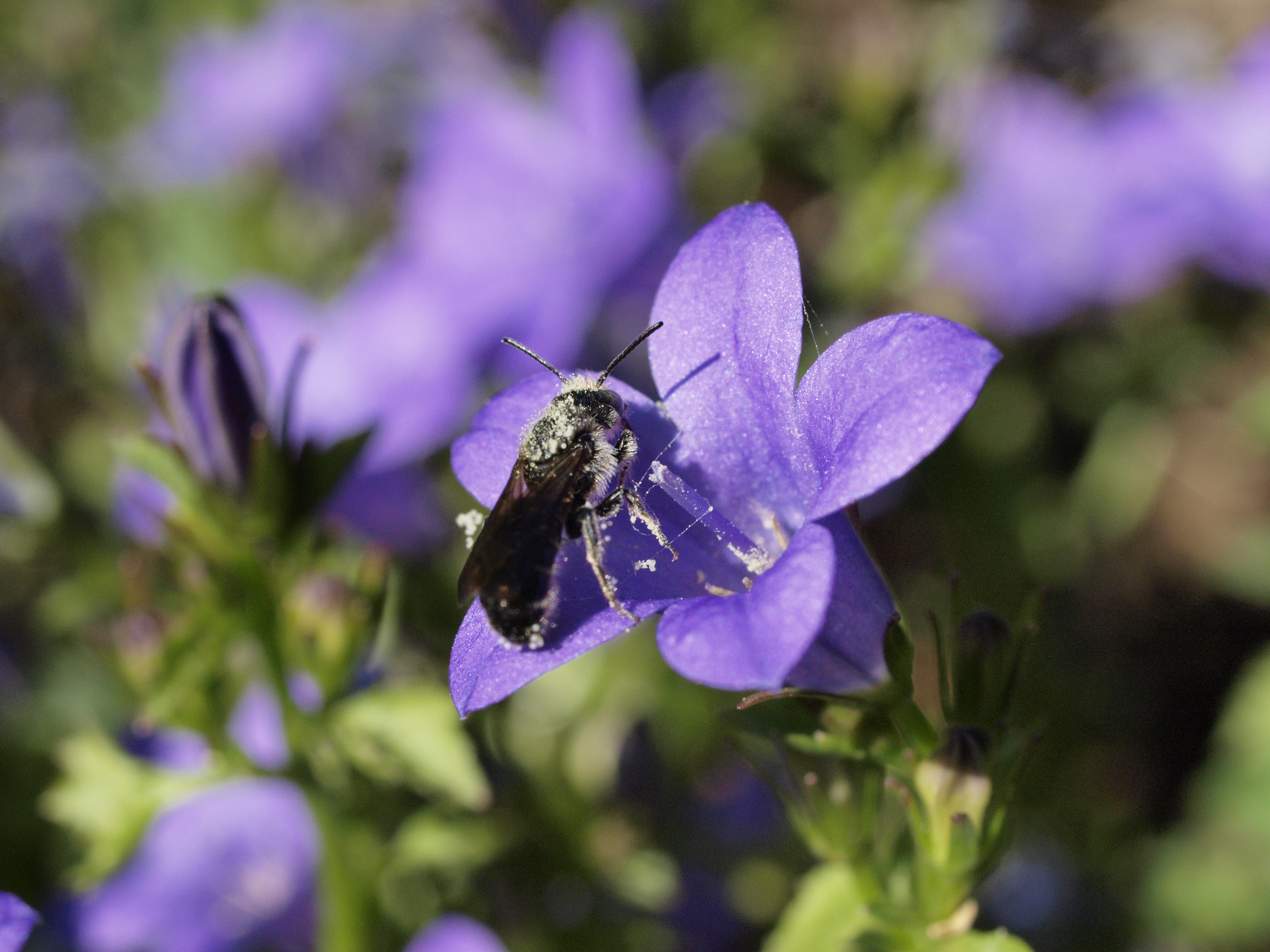
By Eunice Blavascunas and Alie J. Zagata On the Swedish island of Öland in the Baltic Sea, a fascinating little creature is rapidly disappearing. Chelostoma rapunculi, also known as the scissor bee, is a European solitary bee species. What makes it so interesting is the fact that it is oligolectic: this fussy bee relies on…
-
The Last Kindred Spirit of Moths and Butterflies
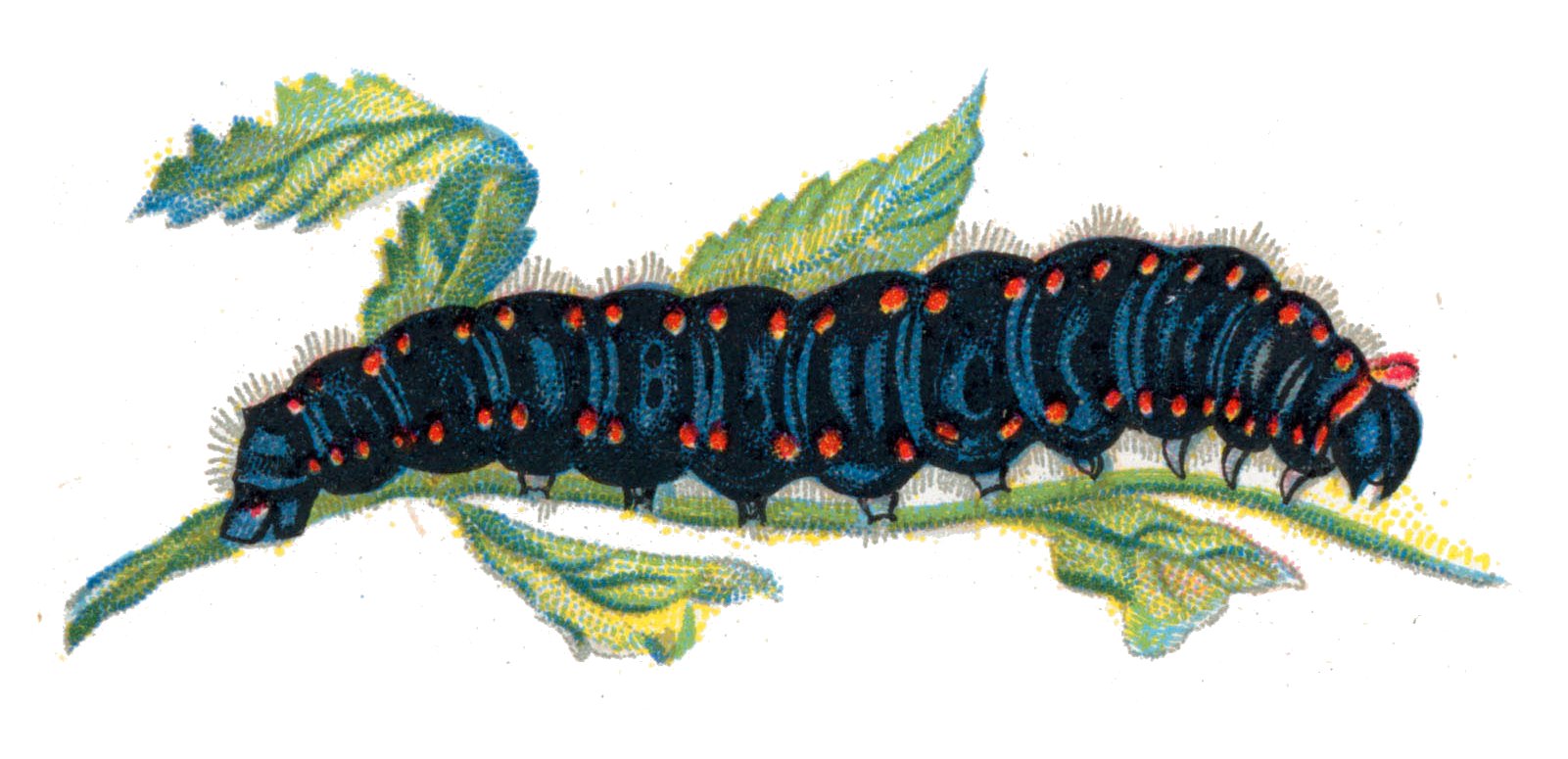
By Susanne Schmitt and Birgit Müller We are standing in a hallway across from a hidden treasure: the world’s largest collection of butterflies and moths, holding about 13 million specimens. Some parts of the collection date back to the 1760s; some historic sections have been carefully gathered and annotated by the likes of explorer and…
